Introduction
Rivers are the lifeblood of ecosystems, providing water for drinking, agriculture, and industry. However, increasing pollution from chemicals, industrial waste, and agricultural runoff threatens aquatic life and human health. Artificial Intelligence (AI) is emerging as a powerful tool to monitor, predict, and mitigate river pollution, offering innovative solutions to restore balance in aquatic ecosystems.
This article explores the impact of chemical pollution on rivers, how AI is transforming water management, and the potential for sustainable, technology-driven solutions.
The Growing Threat of Chemical Pollution in Rivers
1. Sources of Chemical Pollution
- Industrial Waste: Factories release heavy metals, dyes, and toxic chemicals into rivers.
- Agricultural Runoff: Pesticides and fertilizers seep into waterways, causing harmful algal blooms.
- Pharmaceutical Waste: Antibiotics, hormones, and drugs accumulate in river ecosystems.
- Plastic and Microplastic Pollution: Decomposing plastics release harmful chemicals into the water.
- Household Wastewater: Cleaning products and personal care items contribute to pollution.
2. Consequences for Aquatic Life and Human Health
- Declining Fish Populations: Toxic pollutants affect fish reproduction and immune systems.
- Eutrophication: Excessive nutrients lead to oxygen-deprived dead zones.
- Bioaccumulation: Heavy metals accumulate in aquatic organisms, entering the food chain.
- Drinking Water Contamination: Polluted rivers pose health risks to communities relying on them.
- Ecosystem Disruptions: Pollution affects biodiversity, altering food webs and habitats.
How AI is Revolutionizing River Pollution Monitoring and Management
1. AI-Powered Water Quality Monitoring
- Real-time Sensor Networks: AI processes data from IoT sensors to detect pollution levels.
- Satellite Imaging and Remote Sensing: AI analyzes satellite data to identify pollution hotspots.
- Predictive Analytics: Machine learning models forecast pollution trends and seasonal changes.
- Automated Drones and Robots: AI-driven drones collect water samples and monitor contamination.
2. AI in Pollution Prevention and Waste Management
- Smart Wastewater Treatment Plants: AI optimizes filtration and chemical treatment processes.
- AI-Enhanced Industrial Regulations: Automated systems detect and prevent illegal waste dumping.
- Agricultural AI Solutions: AI helps farmers optimize fertilizer use, reducing runoff pollution.
- Plastic Detection and Cleanup: AI-driven robots identify and remove plastic waste from rivers.
3. AI and Policy Making for River Conservation
- Data-Driven Environmental Policies: AI provides insights for more effective pollution regulations.
- AI in Citizen Science: Mobile apps allow the public to report pollution using AI-assisted analysis.
- Optimized Water Resource Management: AI predicts water shortages and ensures efficient distribution.
Challenges in Implementing AI for River Pollution Control
1. High Costs and Infrastructure Requirements
- AI-powered monitoring systems require advanced sensors and data centers.
- Implementation costs may limit accessibility in developing countries.
2. Data Privacy and Security Issues
- Protecting sensitive water usage and industrial discharge data.
- Risk of AI models being manipulated by polluters.
3. Need for Collaboration and Policy Support
- Governments, industries, and researchers must work together to implement AI-driven solutions.
- Policies should encourage responsible AI development and environmental conservation.
The Future of AI in River Pollution Mitigation
1. Advancements in AI and Machine Learning
- AI models will become more accurate in detecting pollutants and predicting trends.
- AI-driven bioinformatics may help design eco-friendly solutions for pollutant breakdown.
2. Smart Cities and Sustainable Water Management
- AI will integrate with smart city initiatives for real-time environmental monitoring.
- Blockchain-based AI solutions may enhance transparency in pollution tracking.
3. Community Engagement and Global AI Collaboration
- AI-powered platforms will connect global researchers to tackle water pollution challenges.
- Public involvement through AI-based educational tools will promote environmental awareness.
Conclusion
AI has the potential to transform how we combat river pollution, offering real-time monitoring, predictive analytics, and automated cleanup solutions. However, its success depends on collaboration between governments, industries, and communities. By harnessing AI’s capabilities, we can work towards a future where rivers remain clean, healthy, and thriving ecosystems for generations to come.
Also Read:
Artificial Intelligence and Machine Learning: Assessing Water Quality
Using AI to Reduce Flooding and Limit River Pollution

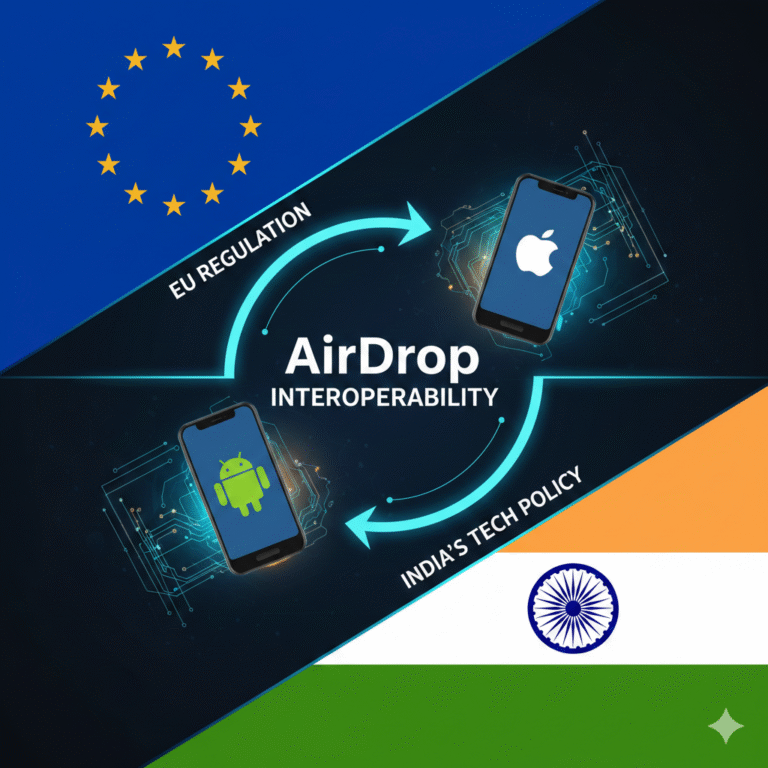
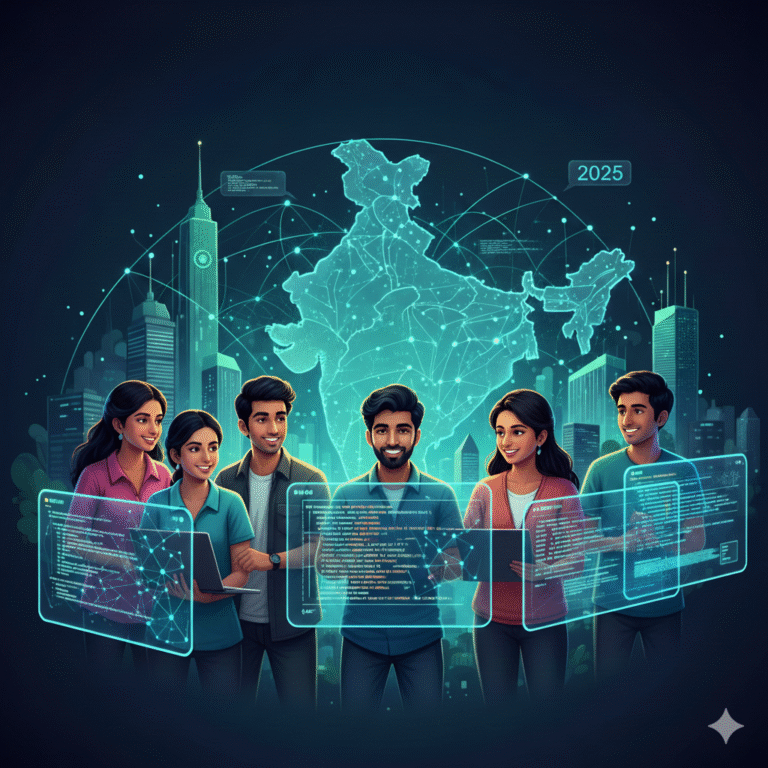

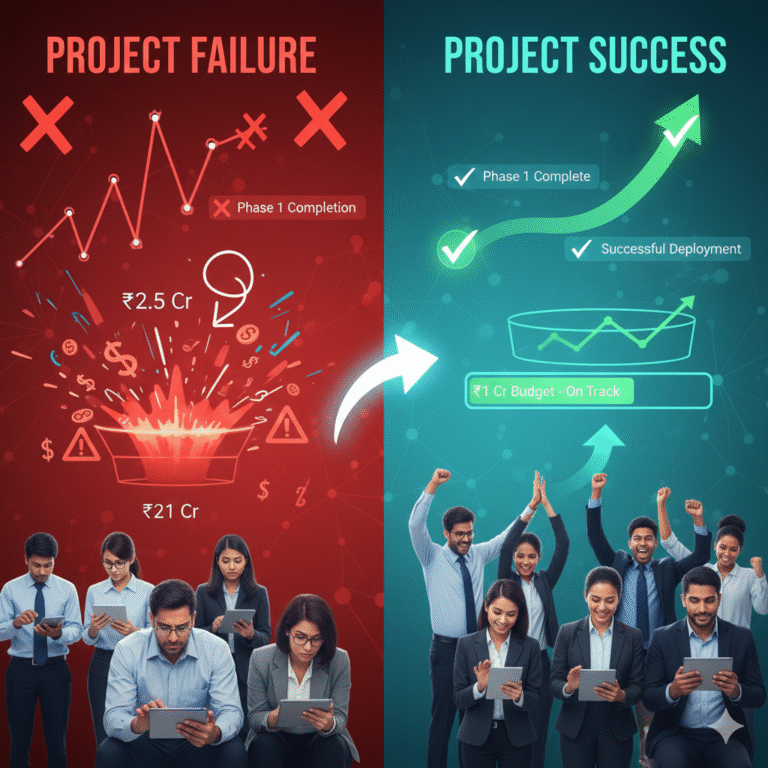
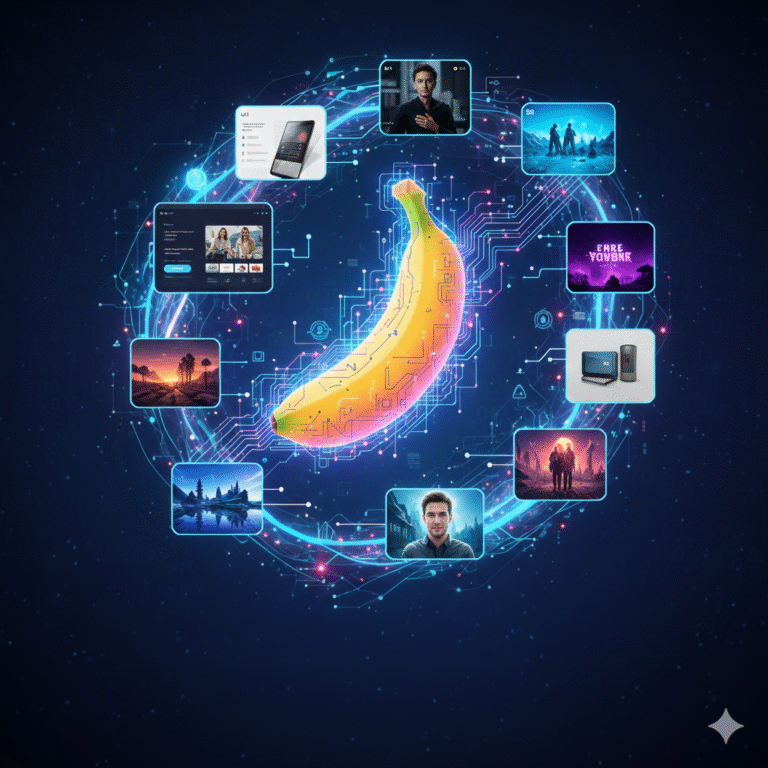
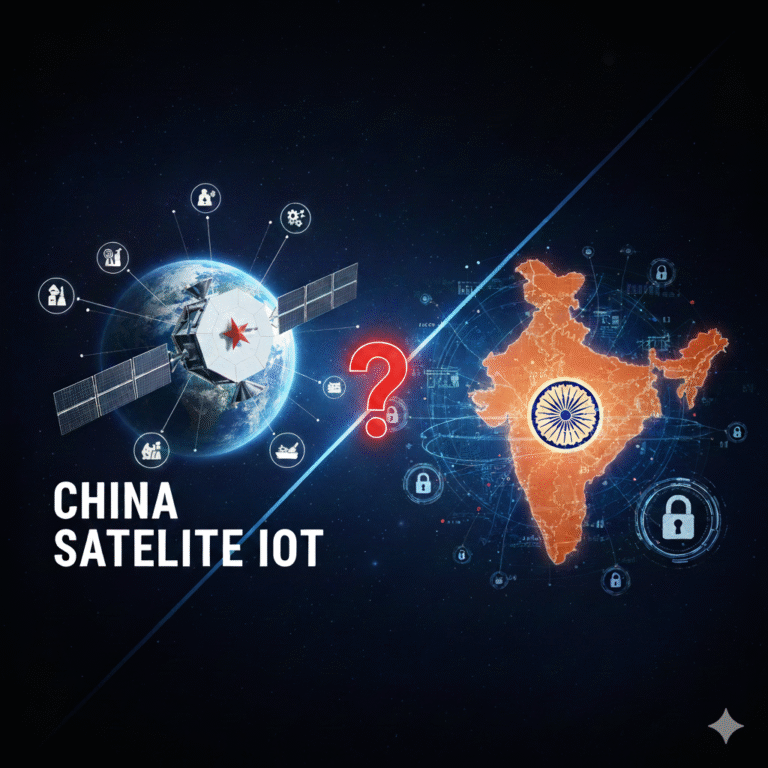
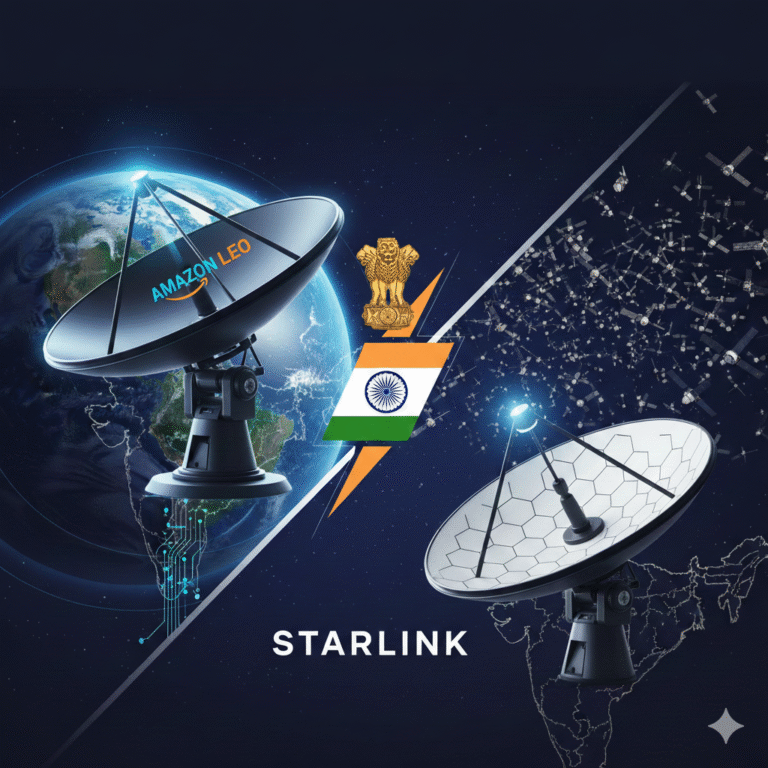

+ There are no comments
Add yours